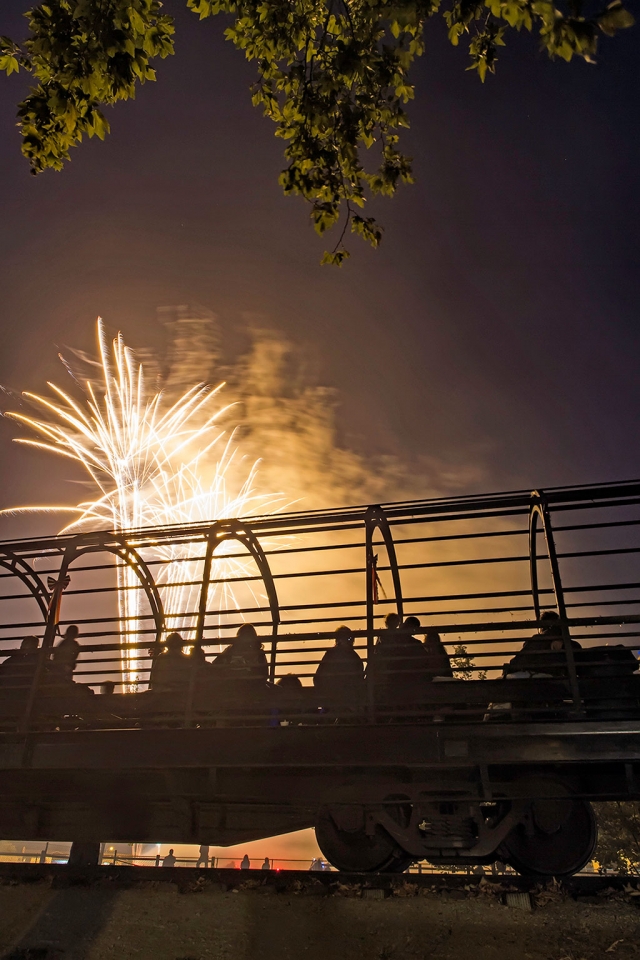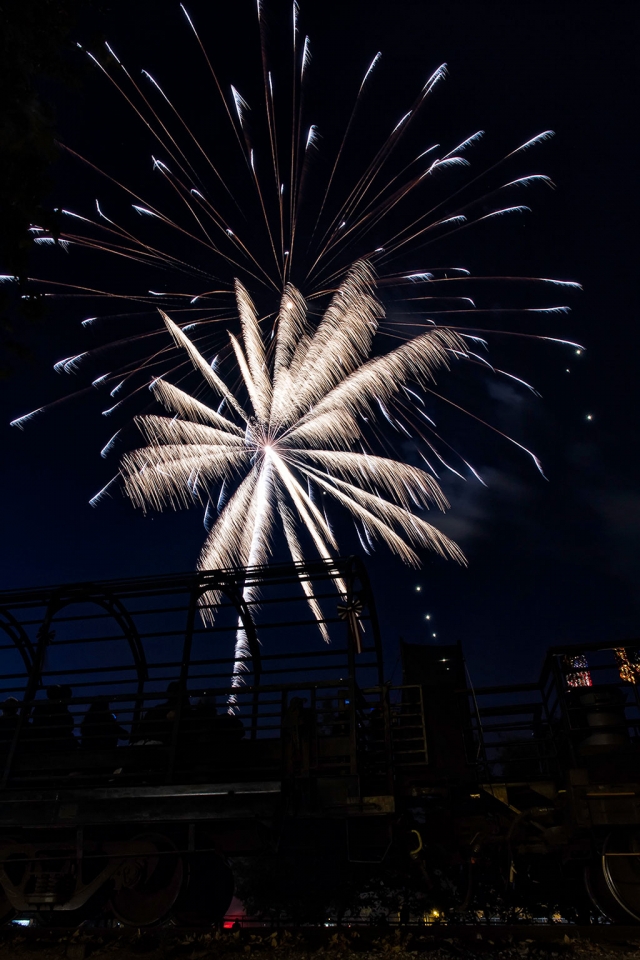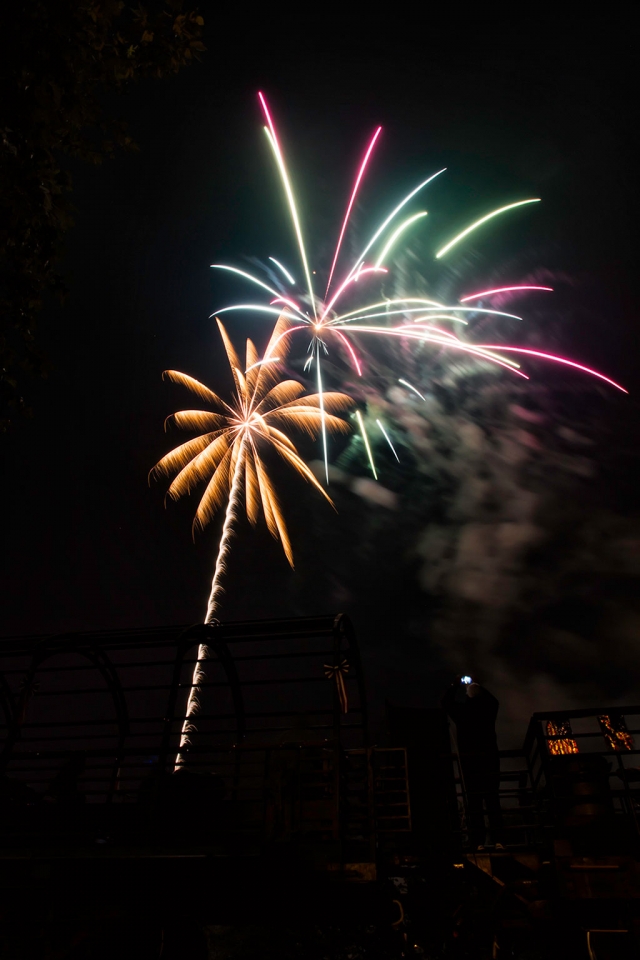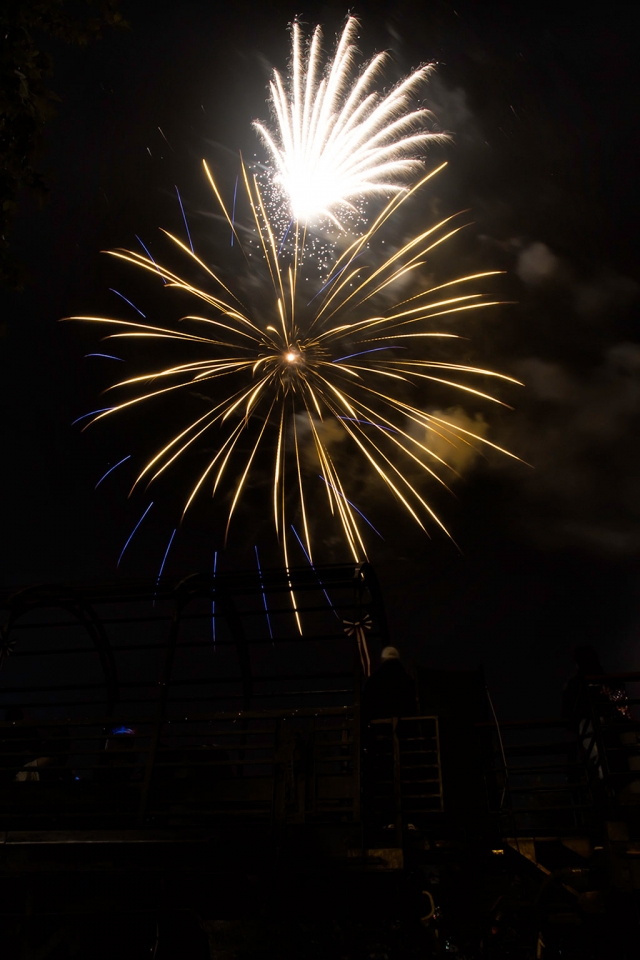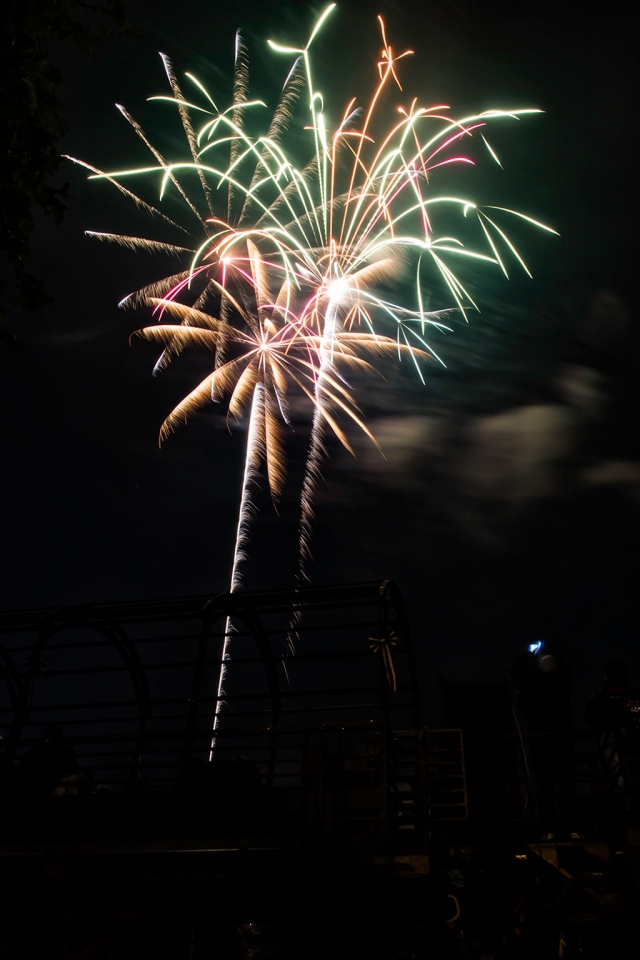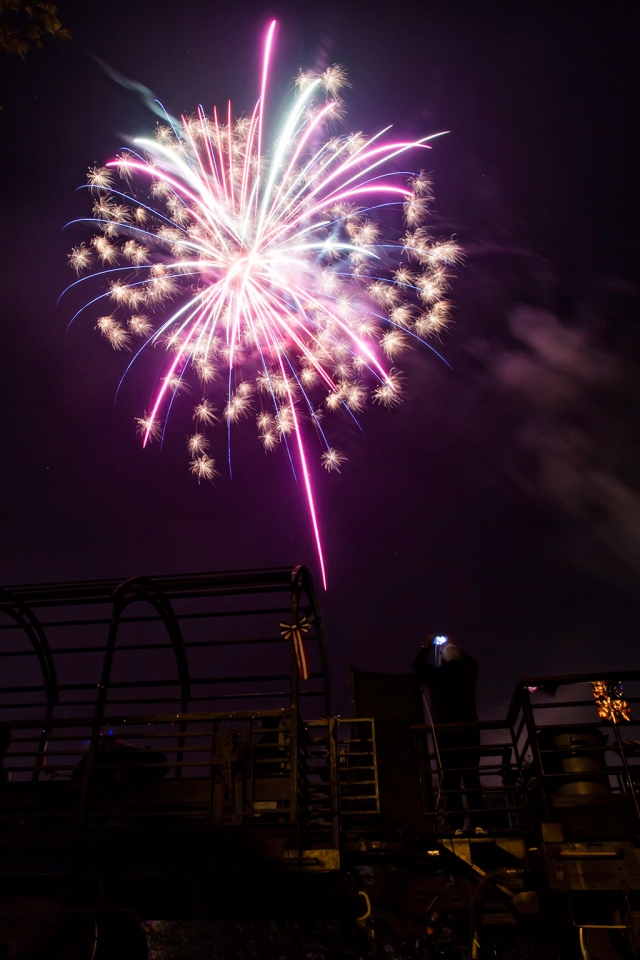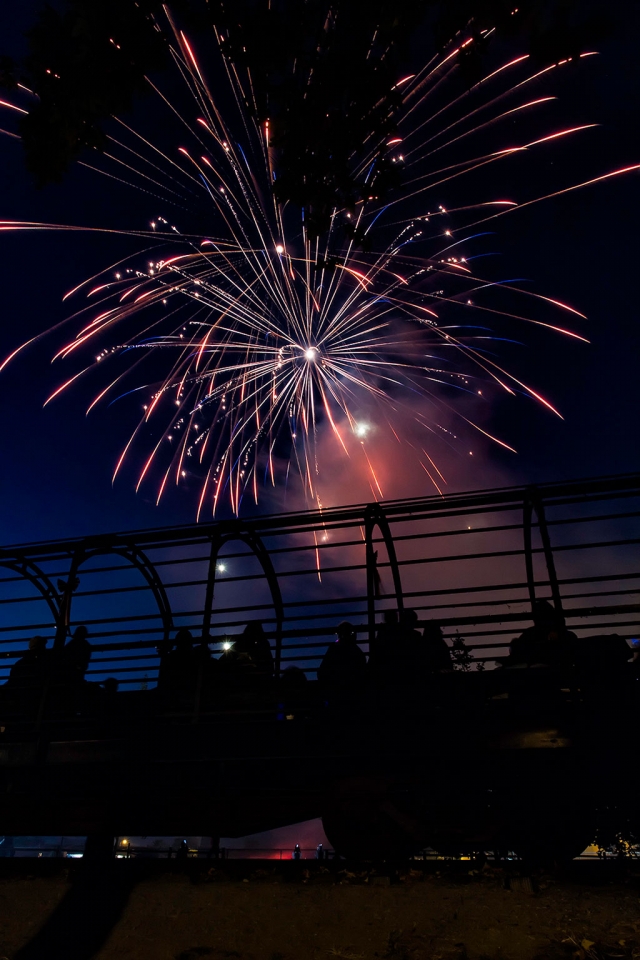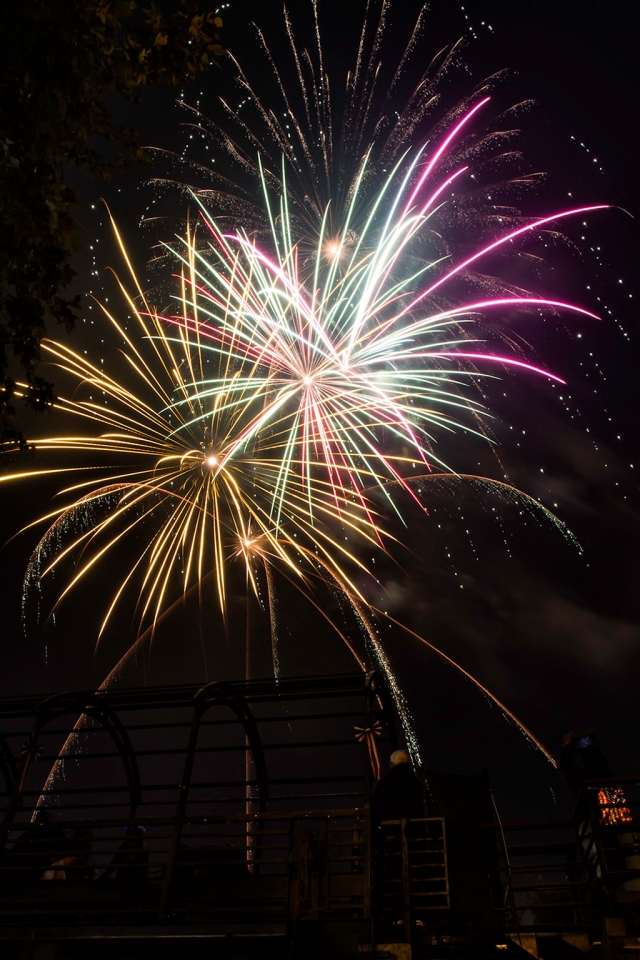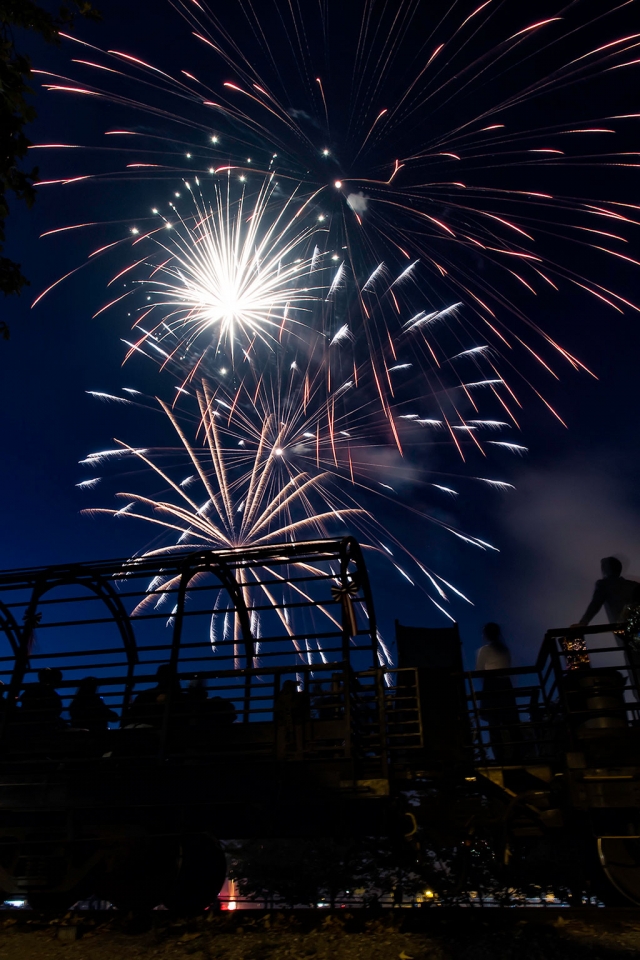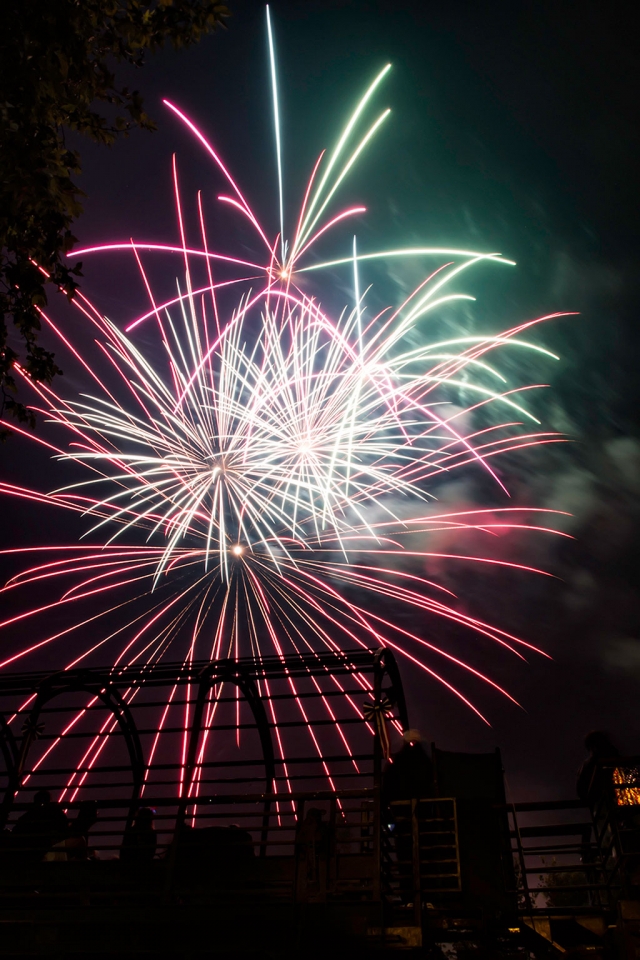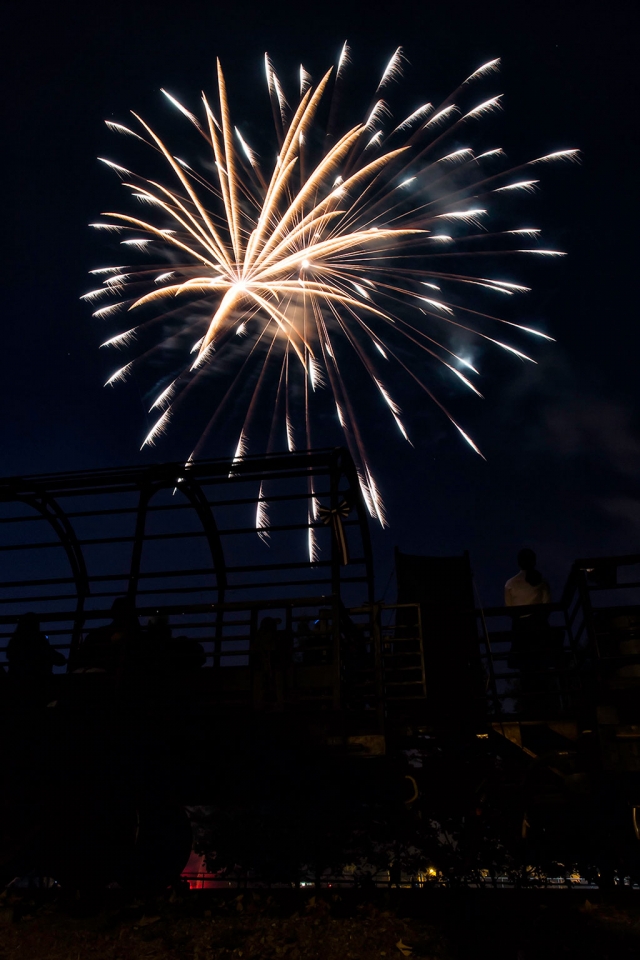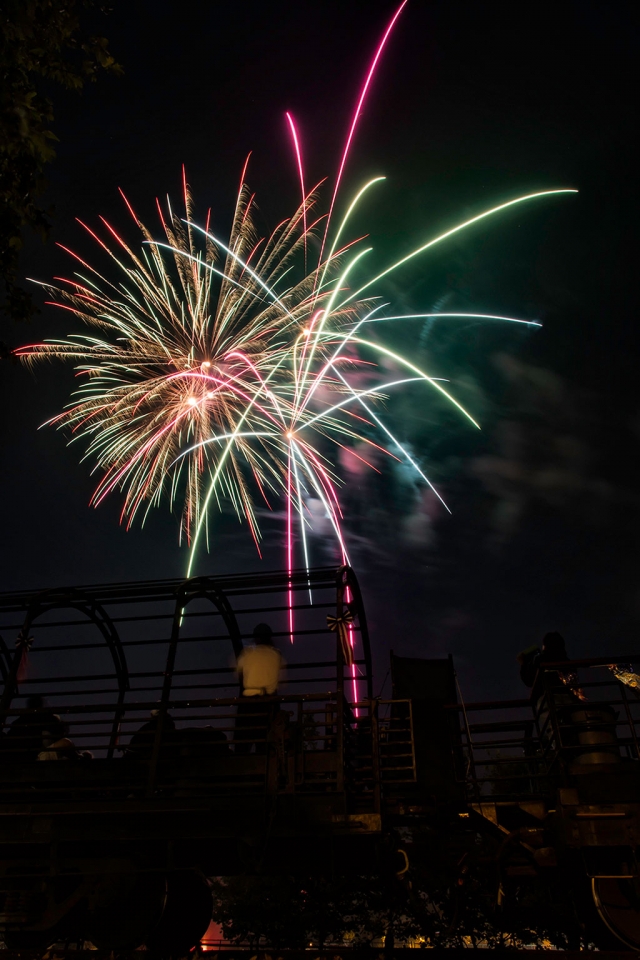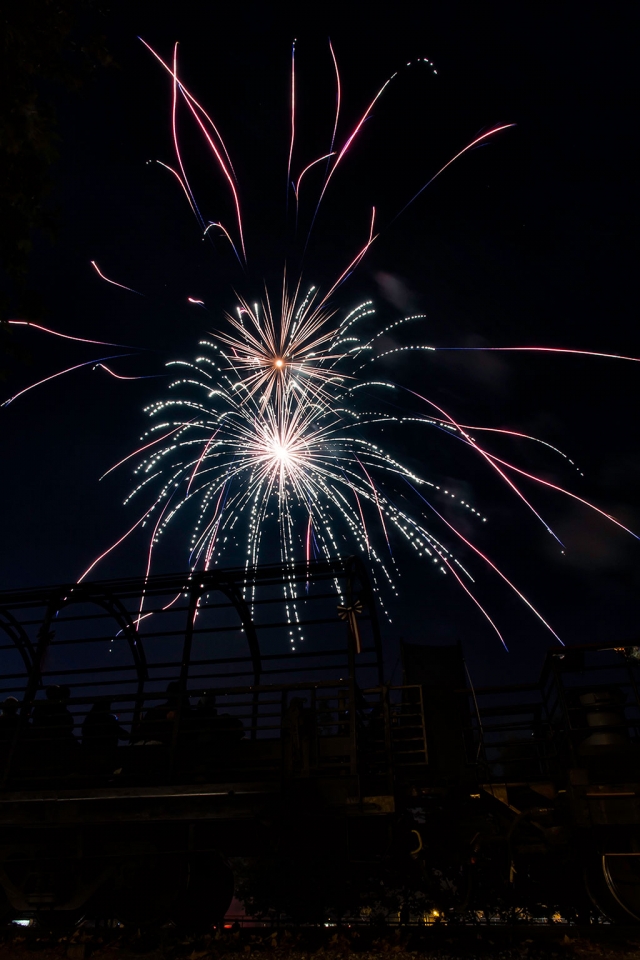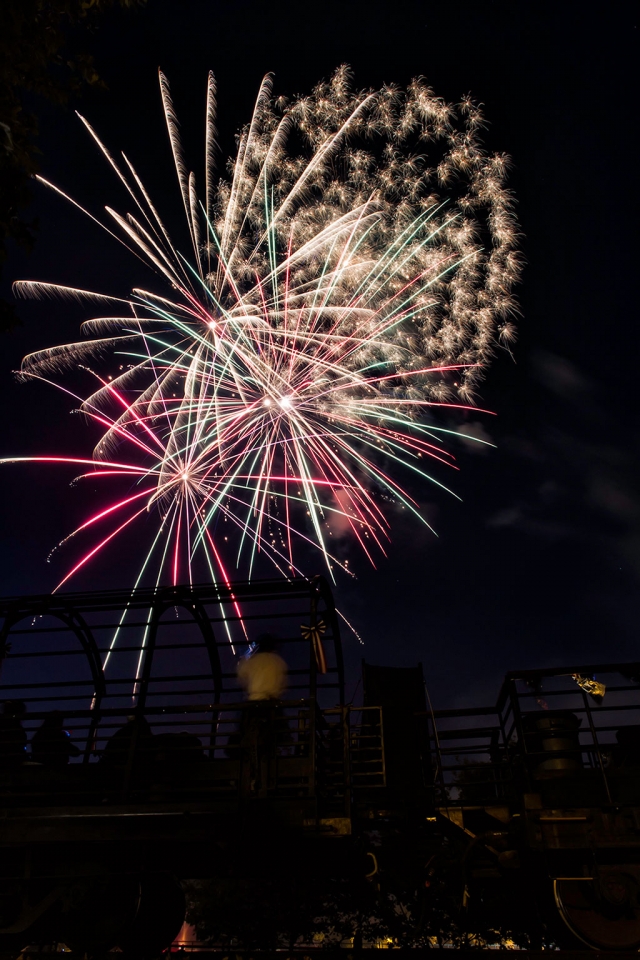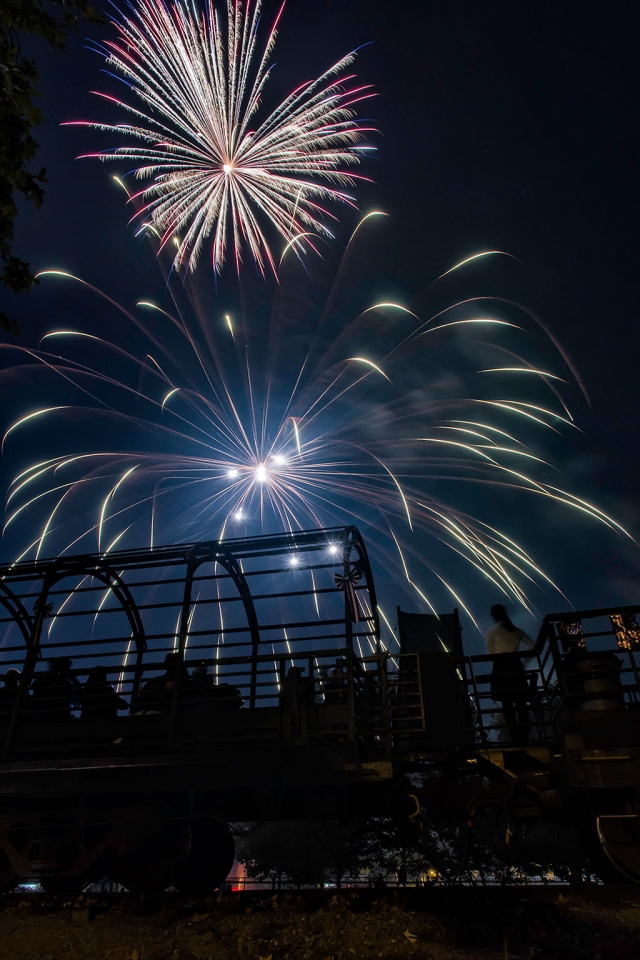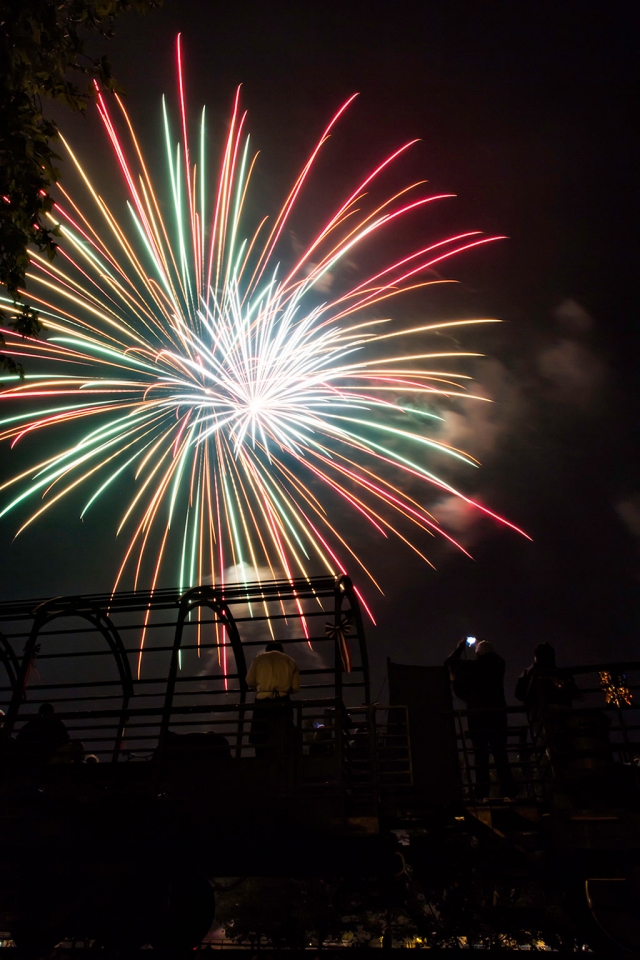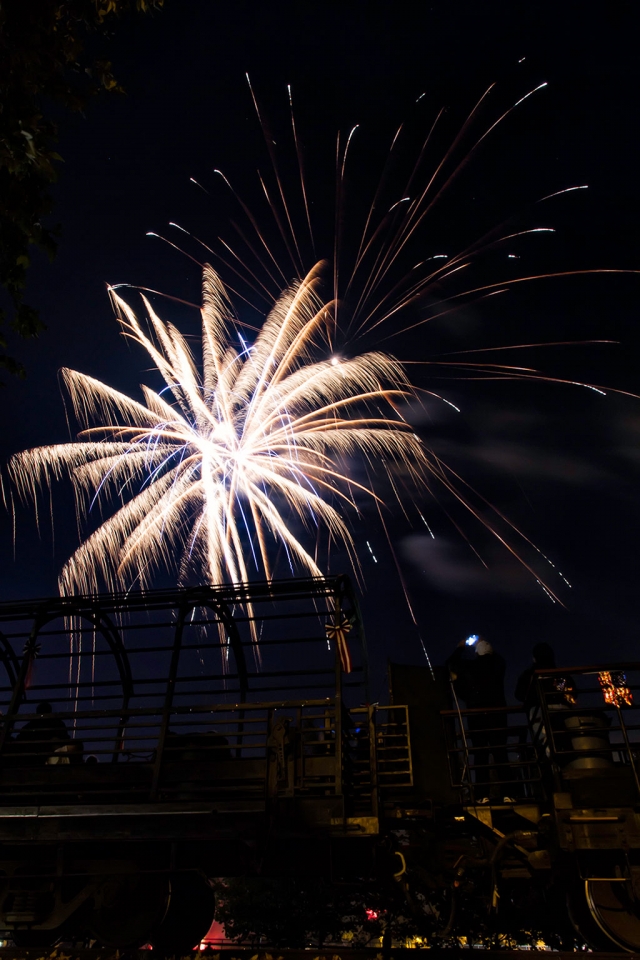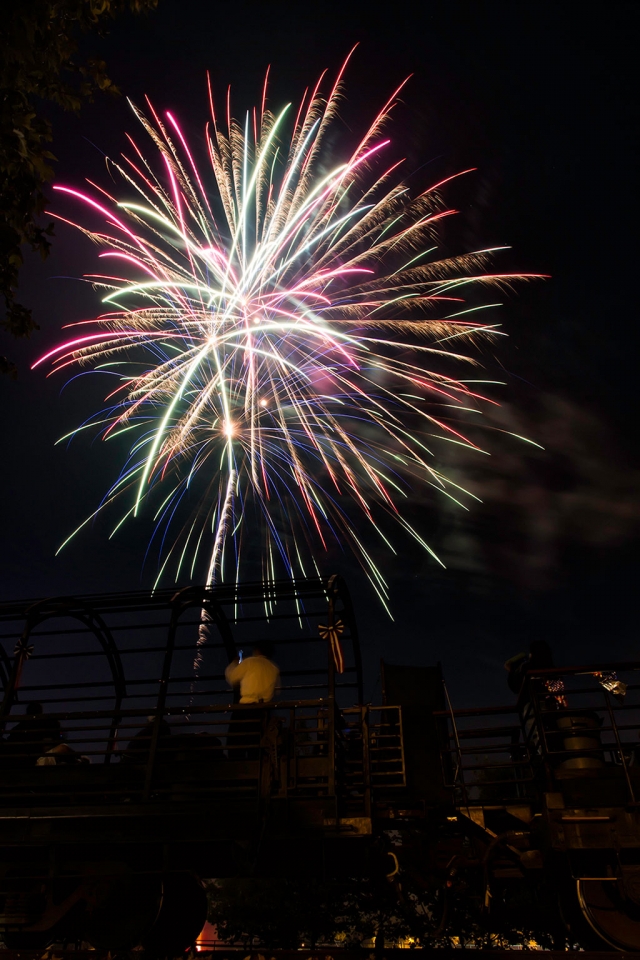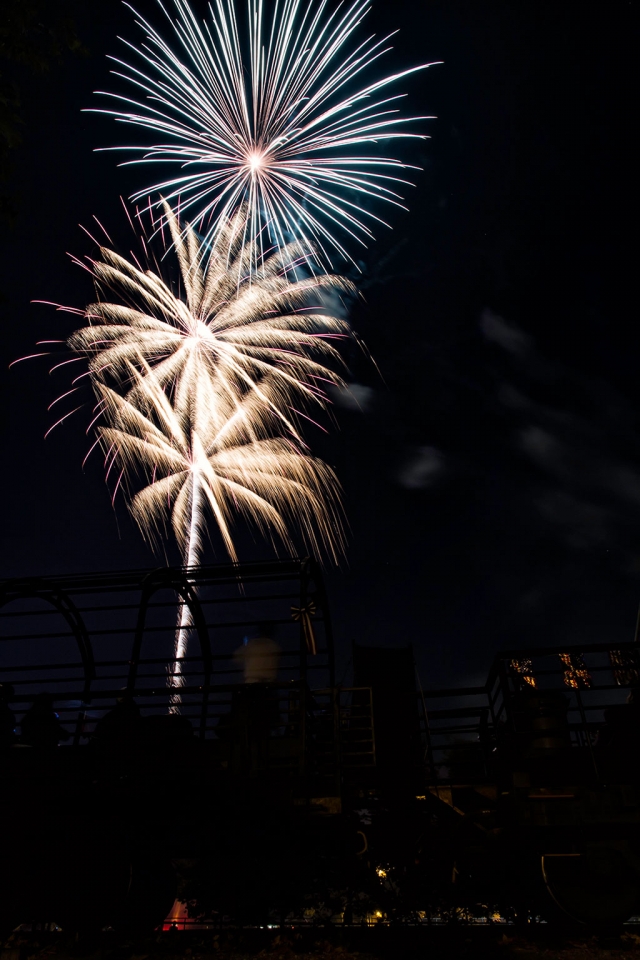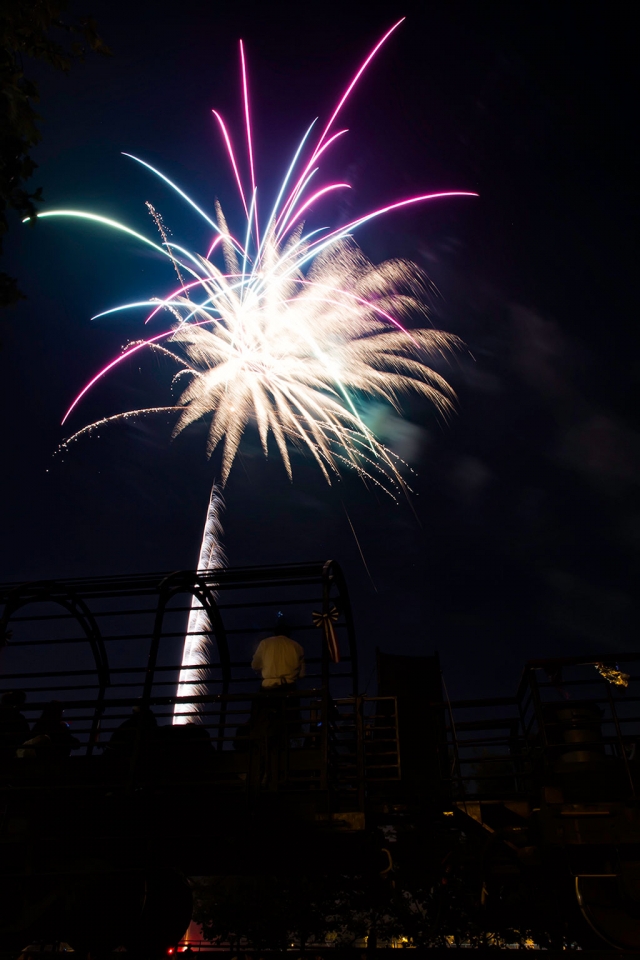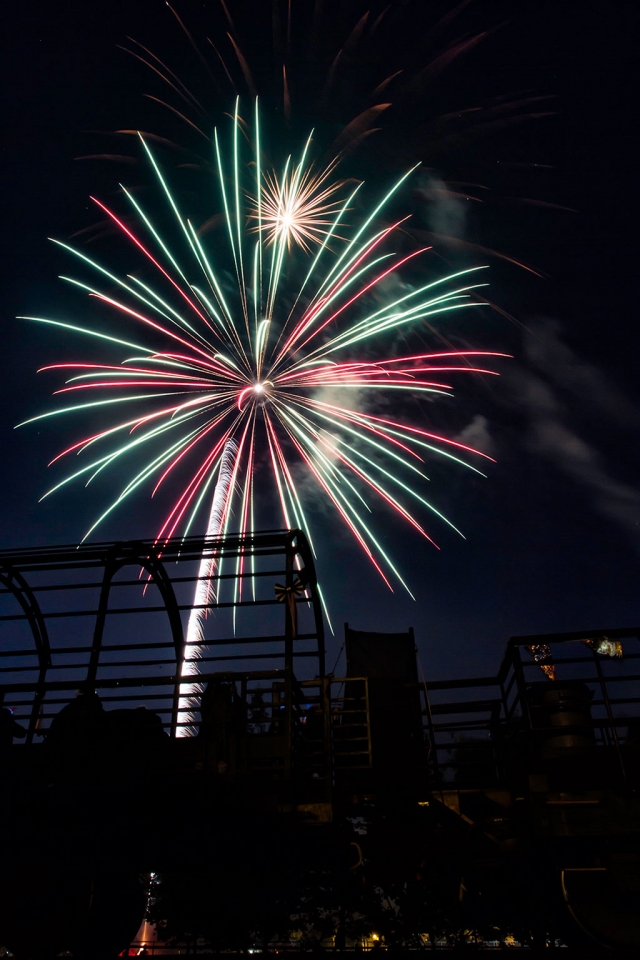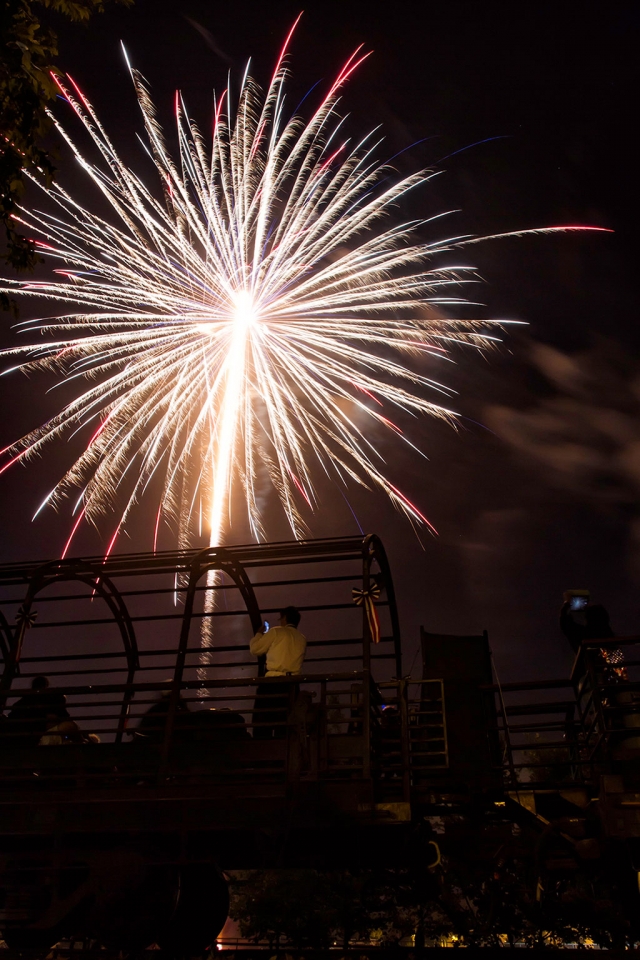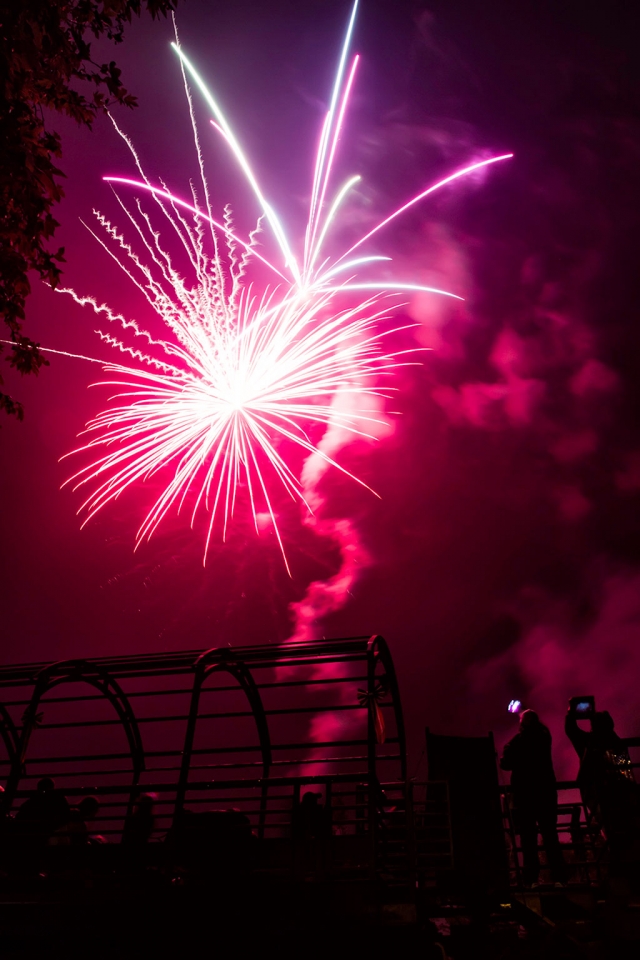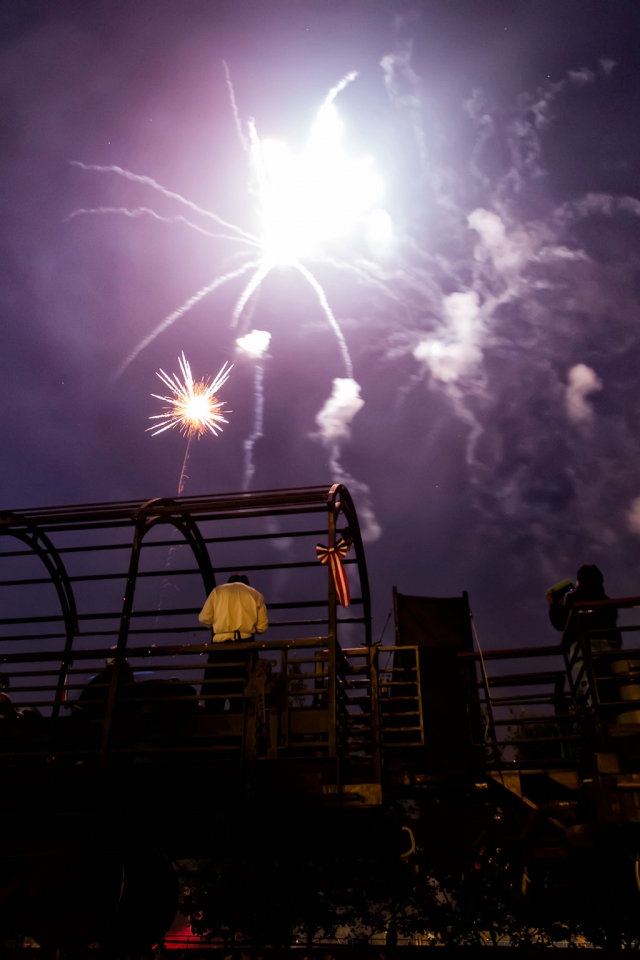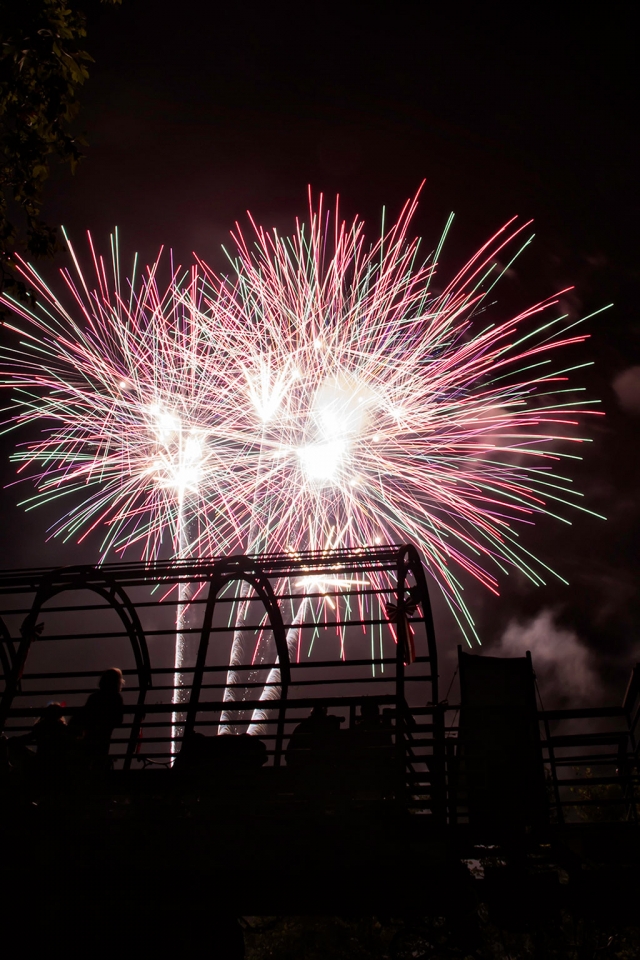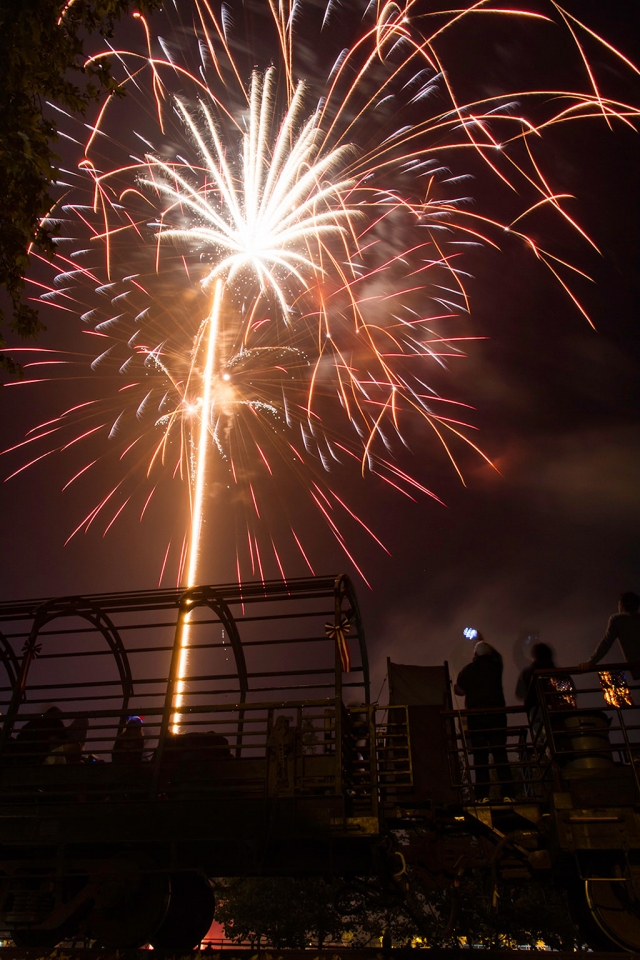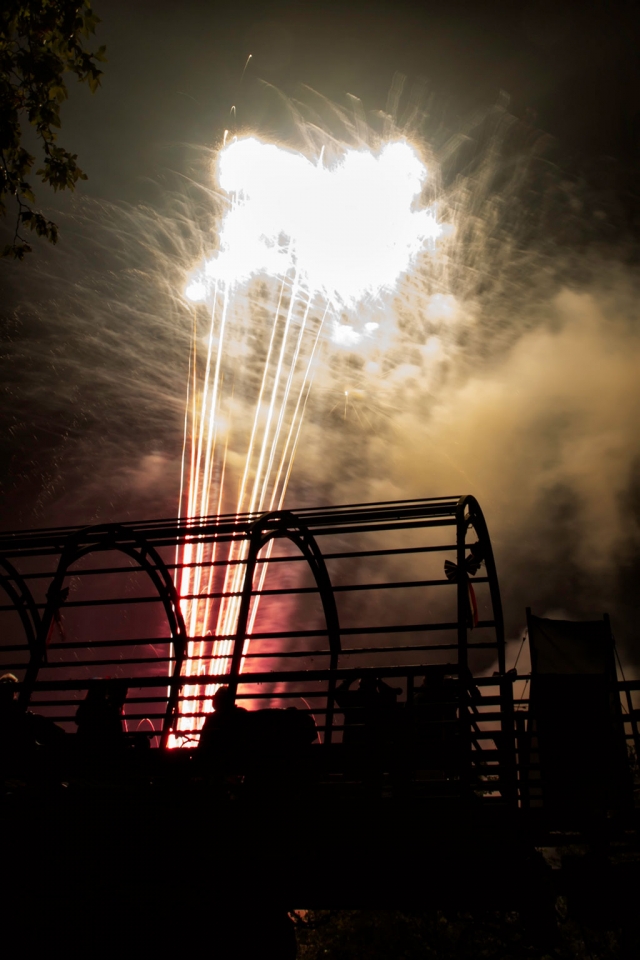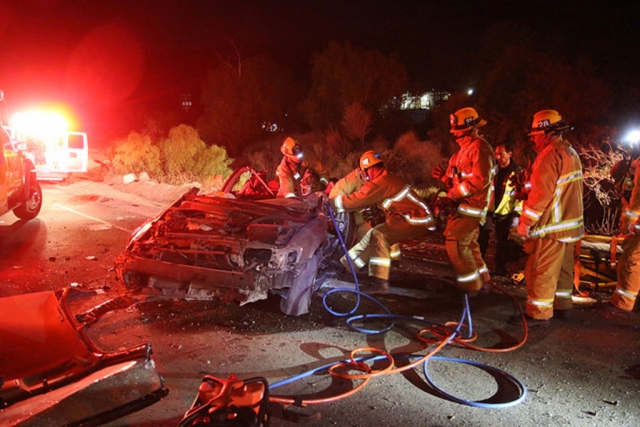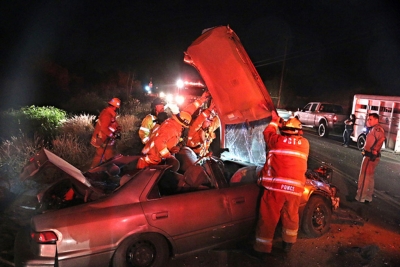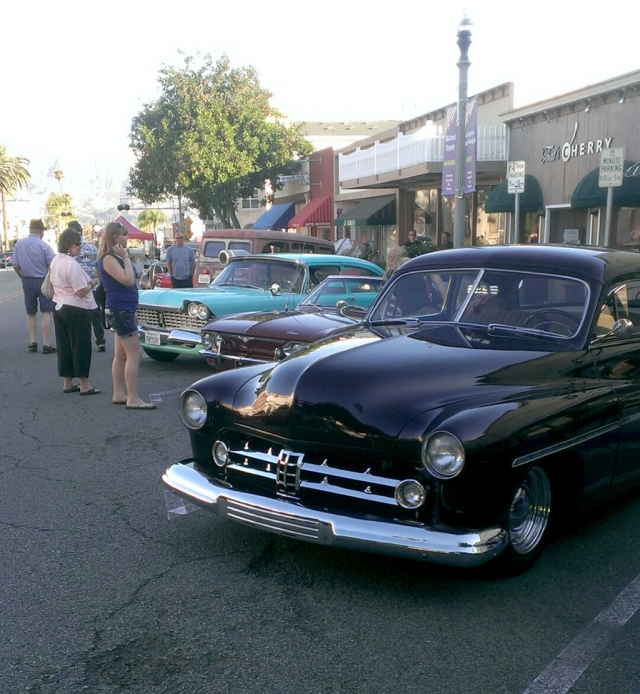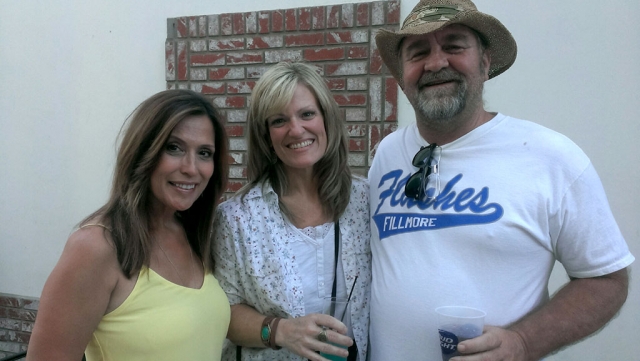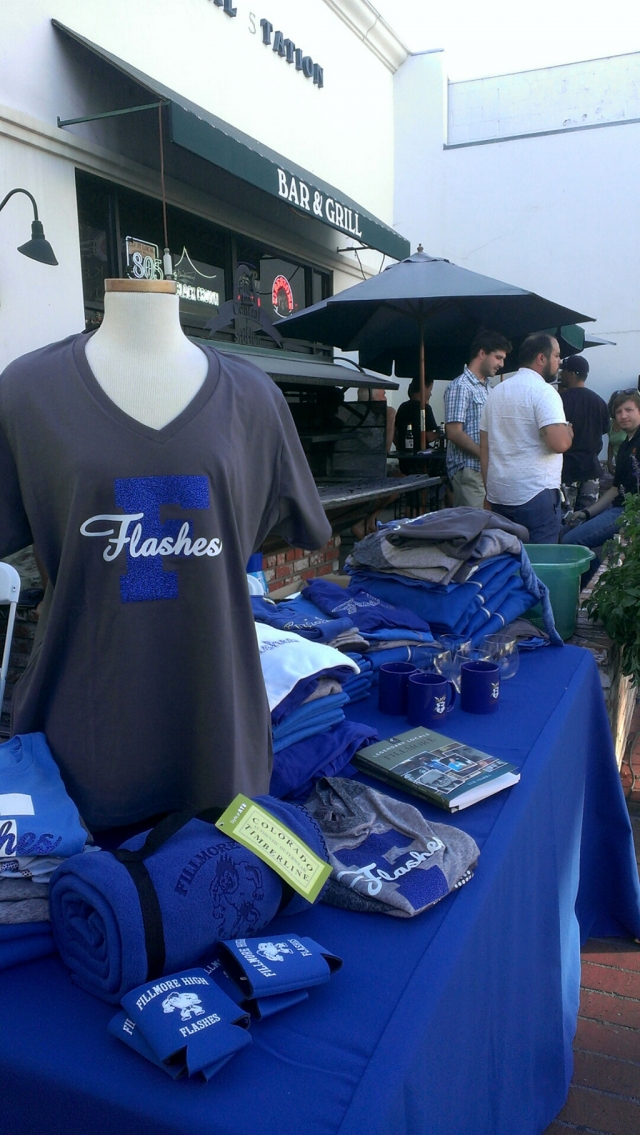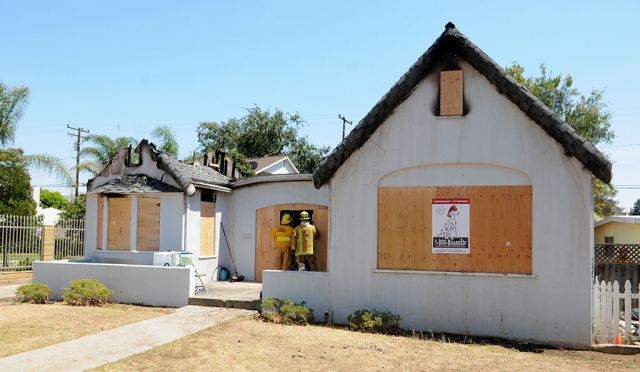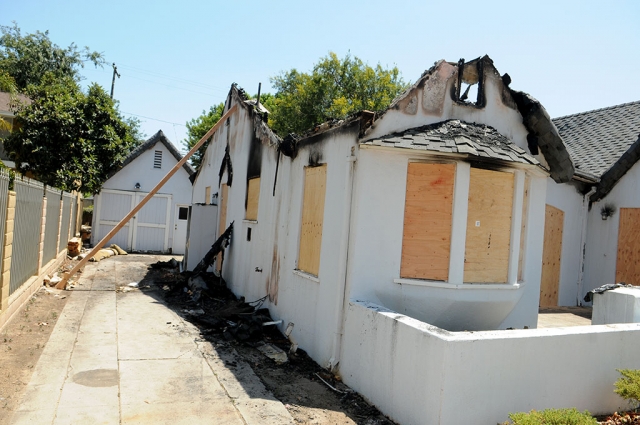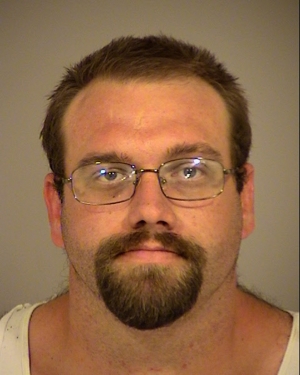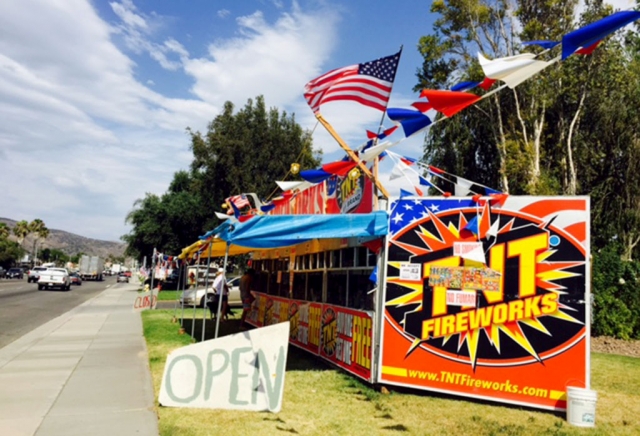|
By Bob Crum — Wednesday, July 8th, 2015
Part 1 of 2
|
|
By Bob Crum — Wednesday, July 8th, 2015
Part 2 of 2
|
|
By Anonymous — Wednesday, July 8th, 2015
On July 3, 2015 at 11:50pm, Jose Pulido, 52 of Pasadena, was driving a 1997 Toyota Camry northbound SR-23, Grimes Canyon Road, south of Bardsdale at a high rate of speed. As Pulido entered a curved portion of the roadway he failed to safely negotiate the turn. Pulido’s vehicle crossed over the southbound lane, traversed onto the dirt sh9oulder and struck several rocks along the shoulde4. He struck a large boulder which caused his vehicle to rollover and came to rest on the dirt shoulder facing an easterly direction. As a result of the collision Pulido was trapped in his vehicle. Ventura County Fire Personnel responded ot he scene and extricated Pulido from his vehicle. He was transported to Ventura County Medical Center for his injuries, a broken arm and head trauma. Pulido was arrested for driving under the influence of alcohol. The collision is still under investigation by the California Highway patrols Moorpark Area Office. Any possible witnesses are encouraged to contact the Moorpark CHP office at (805) 553-0800. |
|
By Mark Ortega — Wednesday, July 8th, 2015
Friday, July 17th
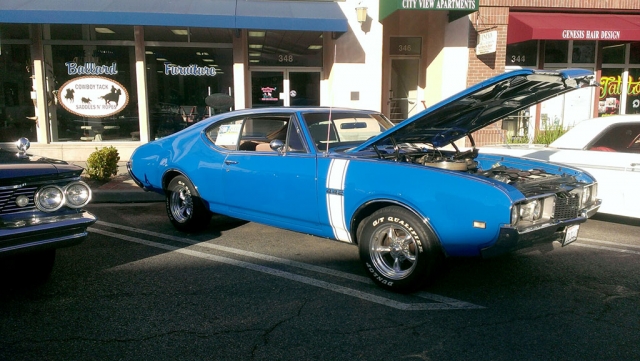 Classic Cars / F.H.S. Alumni / Laughter and Friends. Flashback Friday and Alumni Nights coming on Friday, July 17th in Beautiful Downtown Fillmore! Make your plans now to join the F.H.S. Alumni Association at Central Station. 5:00pm to 9:00pm. Bring your Folding Chairs, and come listen to some oldies but goodies, brought to you by Joeyd Ortiz, F.H.S., class of 1974! and take in the beautiful classic cars that use to cruise up and down Central Avenue from years gone by. We love our Downtown. Let's come on out and enjoy it!. Enlarge Photo |
|
By Anonymous — Wednesday, July 8th, 2015
Written by pwctoday.com Effective 0600 tomorrow Lake Piru is allowing ALL PWC to launch for an "initial period" of 90 days. Fees are $13 per day, per ski. Hours of operation are 0600-2000. Priority is given to those who camp. For the vast majority of SoCal this probably doesn't hold a lot of meaning. However for those of us in the SB/VC counties and SFV its great news anytime there is a new place to ride. This lake has been around since 1955 and never open to PWC that I can recall (other than those silly 4 person couches as they met a formally imposed minimum length). I myself am stoked, its long over due. Fortunately lack of water = lack of revenue and jetskiing has become a reality as its a source to generate/recover revenue. This is a immensely positive opportunity with serious growth potential to our PWC community and LPRA/UWCD. I will be showing my support by using the lake and doing my best to prove the jetski "sterotype" is just that. There are some pros and cons: PRO: This low level means boats cannot launch therefore are not on the lake, yet skis can and will be! Its low, but there is plenty of water to have a metric ton local fun. |
|
By Anonymous — Wednesday, July 1st, 2015
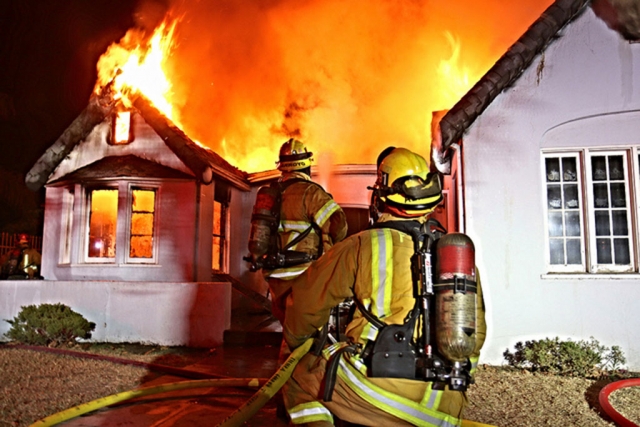 A fire broke out Tuesday morning in the 500 block of Kensington Drive at 3:35am. Fillmore Fire units quickly knocked down the flames in less than an hour. Ventura County and Santa Paula Fire also assisted. The unoccupied house had just been sold and was being readied for remodeling. The fire appeared to be accidental. No injuries were reported. On Tuesday afternoon at approximately 2pm, the fire reignited and Fillmore Fire responded, bringing it under control, see photos below. Photo courtesy Sebastian Ramirez. Enlarge Photo |
|
By Ventura County Sheriff Department — Wednesday, July 1st, 2015
On June 27, 2015, Investigators with the Ventura County Sheriff’s Office Major Crimes Bureau arrested Brandon Russell Seward for child molestation. In December of 2014, Seward befriended a 15 year old female victim. Between March and May of 2015, Seward engaged in sexual acts with the 15 year old female victim. Seward is currently in custody at the Ventura County Pre-Trail Detention Facility on $300,000.00 bail. Seward will be arraigned in Ventura County Superior Court on June 30, 2015. Due to the seriousness of the crime, the Ventura County Sheriff’s Office would like to know if Seward may have assaulted any other victims. Anyone with information that may help in identifying witnesses or other potential victims is asked to contact the Sheriff’s Major Crimes Bureau, Detective Randy Skaggs at 805-384-4725. Nature of Incident: Arrest of Child Molest Suspect |
|
By Ventura County Sheriff Department — Wednesday, July 1st, 2015
On June, 22, 2015, video surveillance was released to the public showing a male subject with his family stealing a disabled elderly lady’s wallet. The crime took place at a gas station after the male subject distracted the elderly female and took the wallet out of her purse. The crime was captured on video surveillance. As a result of the release of the video surveillance, Thousand Oaks Investigators received over 25 phone calls from callers identifying the same male in the video as having stolen or attempted to steal from them. The callers were from both Los Angeles and Ventura Counties and the crimes occurred over the past 8 months. Some callers had very detailed information about the suspect who was identified as Steve Michael Stevens (age 30). This information helped lead to the whereabouts of Stevens and he was subsequently arrested on June, 24, 2015, at about 2:30 pm in the city of Oxnard. Stevens’ alleged scam involved telling victims he would do body work on their cars to fix minor damage or scratches. Stevens would then appear to do work on the damage and then cover it with a wax type substance. The victims were then told to wipe it off in 24 hours and the damage would be fixed The victims would pay Stevens and would later learn the damage was not fixed and was oftentimes worse. Stevens seemed to target females and elderly individuals. Stevens was also involved in other scams that involved arrangements to fix damage and ask for money up front. He would say he was leaving to get replacement parts or supplies and not return. Some victims lost over $1000.00 in the theft scams. Stevens was booked into Ventura County Jail for Grand Theft and Financial Elder abuse charges. His bail was set at $55,000. Nature of Incident: Public’s help leads to the arrest of suspect who stole elderly disabled female’s wallet |
|
By Anonymous — Wednesday, July 1st, 2015
FIREWORKS SHOW FIREWORKS SALES FIREWORKS SALES Fillmore Fire Department and the Ventura County Sheriff’s Department will be handing out $1,100.00 citations for those who sell, discharge/possession of non –approved Safe and Sane firework. I have attached a copy of the new postcards each of the booths are handing out with each sale. Keep it Legal, Keep it Safe and Keep it local. |
|
By Anonymous — Wednesday, July 1st, 2015
California Department of Public Health (CDPH) Director and State Health Officer Dr. Karen Smith is reminding everyone to stay cool and hydrated as temperatures around the state continue to climb. An excessive heat warning will be in effect for areas of the state through Friday morning. “California residents need to prepare themselves for what’s looking like a very hot, dry summer,” Dr. Smith said. “July and August are generally the hottest months of the summer season and we are already seeing very high temperatures. It is important that everyone stay cool, stay hydrated, stay inside and take other precautions to prevent heat-related illness.” Extreme heat poses a substantial health risk, especially for vulnerable populations including young children, the elderly, those with chronic diseases or disabilities, pregnant women and people who are socially isolated. Heat-related illness includes: cramps, heat exhaustion, heat stroke and death. Warning signs of heat-related illnesses may include heavy sweating, muscle cramps, weakness, headache and nausea. Vomiting, paleness, tiredness and dizziness can also be indicators of heat-related illness. In areas where air quality is poor, people with heart disease, asthma or other respiratory diseases should reduce or eliminate their outdoor activities. Summer schools and programs with children who have sensitive conditions, including heart disease, asthma and other respiratory diseases, should conduct activities indoors as much as possible. Smith offers the following tips to stay safe during this period of excessive heat: • Drink plenty of water or juice, even if you are not thirsty. Avoid alcohol. • If you don’t have air conditioning, visit a cooling center or a public place with air conditioning (such as a shopping mall or library) to cool off for a few hours each day. • Avoid outdoor physical exertion during the hottest parts of the day. Reduce exposure to the sun from 10 a.m. to 4 p.m. when UV rays are strongest, and keep physical activities to a minimum during that time. • Wear a wide-brimmed hat to cover the face and neck, wear loose-fitting clothing to keep cool and to protect your skin from the sun • Regularly check on any elderly relatives or friends who live alone. Many may be on medications which increase likelihood of dehydration. • To prevent overheating, use cool compresses, misting, showers and baths. Get medical attention if you experience a rapid, strong pulse, you feel delirious or have a body temperature above 102 degrees. • Never leave infants, children, elderly or pets in a parked car. It can take as little as 10 minutes for the temperature inside a car to rise to levels that can kill. • Wear sunglasses that provide 100 percent UVA and UVB protection. Chronic exposure to the sun can cause cataracts. Liberally apply sunscreen (at least SPF 15) 15 minutes before venturing outdoors and re-apply at least every two hours – sunscreen may reduce the risk of skin cancer, the number one cancer affecting Californians. Get more hot weather tips on CDPH’s Preventing Summer Heat Injuries Web page. Watch CDPH’s video message from Dr. Smith on extreme heat warning signs and tips. |

